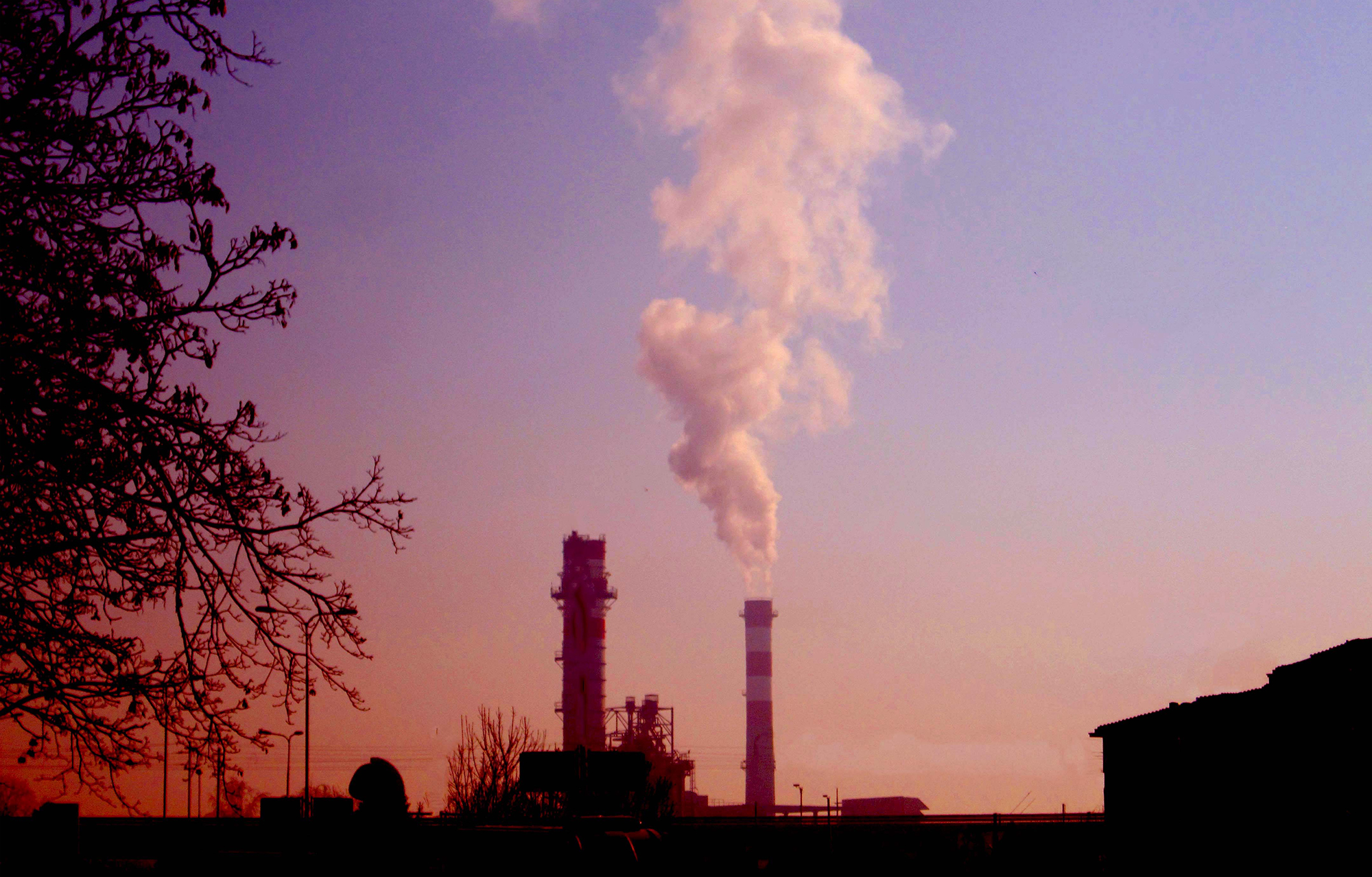Fireflies disappear due to light pollution
- A global study reveals that excess artificial light, pesticides, and habitat loss can lead to the extinction of over 2,000 firefly species before it's too late.

Fireflies are a sign of biodiversity for nature lovers, and as their little lights go out of our shores, we know how we are dying with life on earth. The University of Tufts of the United States has conducted research through a survey of international experts, and everyone agrees that the disappearance of fireflies is causing three main factors: light pollution, habitat loss and pesticide use.
University biology professor Sara Lewis explained in Bioscience magazine that one of the greatest risks is habitat loss and that many of the 2,000 moons in the world will disappear because they inhabit geographically vulnerable areas. It sets an example: The destruction of mangroves in Malaysia and the planting of palm trees has almost lost a firefly as spectacular as it is known, to the point of attracting tourism.
But the problem is globally and it also has to do with light pollution. According to researchers, artificial light interrupts the natural bimajority of humans and animals, as well as fireflies: “Their ritual cover-up destroys them completely.”
Dark side of LED lights
Bioluminescence fireflies also use them to attract their partner and the excess artificial luminosity disgraceful to them. The study calls into question systems that are currently considered more sustainable, namely LED lights. Although they generate less energy, they often give too much light: “Being brighter doesn’t mean it’s better.”
In many cities and towns, lights are changing to the LED system. With this kind of light bulbs the debate on Christmas lights is over: In Bilbao, during Christmas last year, 1,200 billion LED luminaires were placed to decorate the streets. In addition to illuminating trees, spheres or street children, the blue color of “green” LEDs has reached the homes of the most remote neighborhoods. Isn't it a paradox to replace the natural light of fireflies with electric current diodes?

Light pollution emitted at night increases by 2% each year as conventional street light bulbs are transformed by LED lights. Experts are starting to talk about the “bounce effect”: as the municipal pocket does not notice, we are making more light with the same budget. But we don't realize that light also needs darkness, as much as fireflies and us.





















